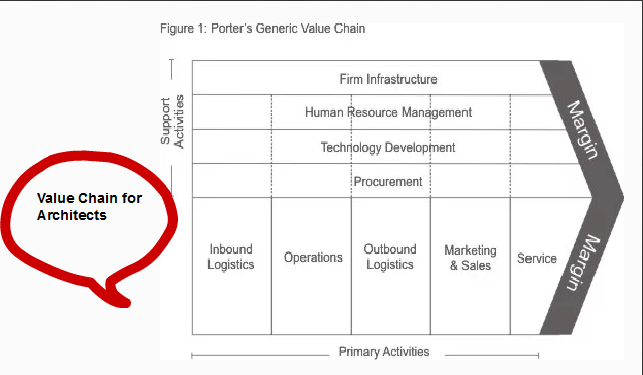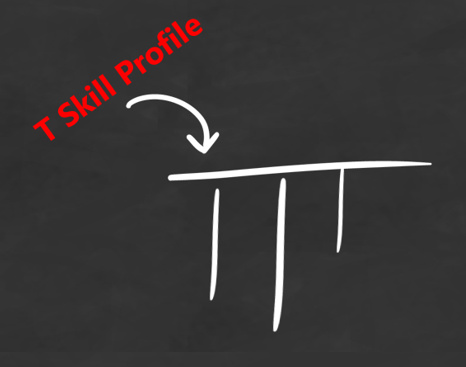
This is to bring to your notice that elearning for Togaf has been introduced by Eturnti . This helps you stay where you are and learn Togaf almost like a classroom. You can pause when you get busy or want to take a break and come back to it when ready. This is also useful if you are on the go , traveling and catch up the learnings on your journey from anywhere.
https://www.youtube.com/watch?v=rzEpNjGHsaU
The highlights of the elearning are as below.
Taught by an experienced faculty two decades of IT experience with plenty of real world use cases thrown in to complement and facilitate easy learning.
- A blackboard in the background which gives you the feel for how the training shall actual look like an classroom session with plenty of scribbling on the powerpoint screen using an electronic pen.
- Post the training can clarify the doubts related to the concepts by means of a skype session or google hangouts.
- Enough practice sessions to get a feel for the actual exams using the mock tests provided by the Open group.
- We understand people can’t always make it to a classroom, so we have leveraged virtual technologies, to extend the classroom to you – at your workplace or home to provide you with the same feel.Attend TOGAF Trainings from anywhere with self-paced eLearning sessions. Key Features of the Online Self-Paced Training
- Similar to a classroom based training except that the material will be presented over recorded video sessions. The class is made quite interactive using bamboo presenter as an illustrator which gives the classboard feel with scribbling where appropriate.
- All students will be provided with URL information, to link to the self-paced eLearning class that they have signed up for, a mail with the user id and password unique to each registered candidate shall be sent on registration confirmation.
- The candidates are encouraged to make notes of the training and if there are doubts check with the trainer by means of a pre agreed / scheduled skype session.
- The material of the course (hard copy) shall be mailed to the folks attending the course and a full ebook of the TOGAF 9.1 body of knowledge shall be mailed to the course attendees.
- Tea/coffee/bio/ session breaks are at the disposal of the candidate. Having said this the candidate shall be provided a login access for initial period of six months and renewed later.
Pre Requisites for attending the Self-Paced Elearning
People attending the training need to have a decent internet connection to be able to access the materials.
Course Highlights:
A case study will be running throughout the course to co relate the concepts with real life examples , interspersed with puzzles , crosswords and quizzes apart from time boxed activity sessions to reiterate the learning during the sessions and make way for enhanced learning experience.
Clarifications on Concepts:
Post the self-paced learning or in-between the course if the candidate has any queries regarding the concepts then a mail could be sent to maileturnti@eturnti.com to schedule a skype or google hangout session with the trainer from Eturnti Enterprise Consulting at a convenient time for both parties.
Course Takeaways
- Hard copy of the training material shall be couriered to the physical location of the candidate.
- Entire Togaf 9.1 BOK in e-book format ( 692 pages – pdf ) shall be provided. ( shared on a google drive )
- Course Examination Voucher for taking up the certification exam is included. This shall be ordered from the Open Group and the test can be taken from any Pearson Vue center anywhere in the world. The course Voucher has a one year validity from the date of issue.
- Mock tests provided by Open Group are included. ( shared on a google drive )
- Additional pdfs and related material for preparation. ( shared on a google drive )
- Post training any kind of support needed on clarification of concepts shall be provided by means of a skype or google hangout call.
- A whole lot of live practical examples from the industry shall augment the learnings and reinforce the concepts learnt. This is introduced in the content to enable easy understanding of the concepts.




